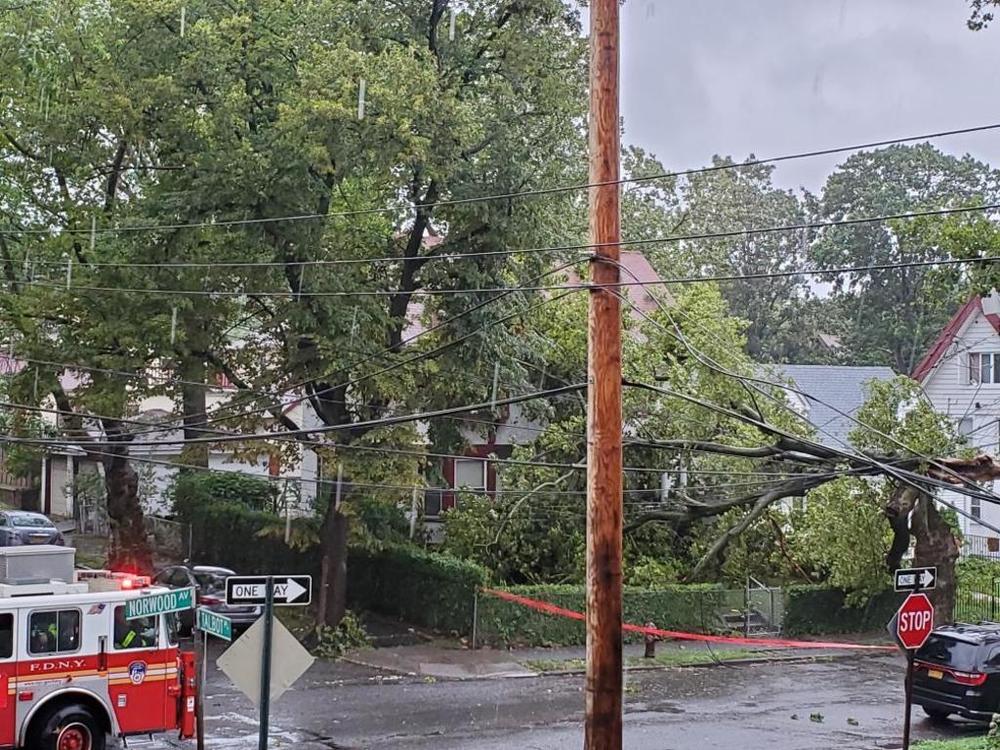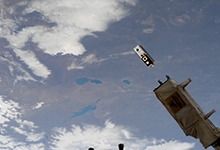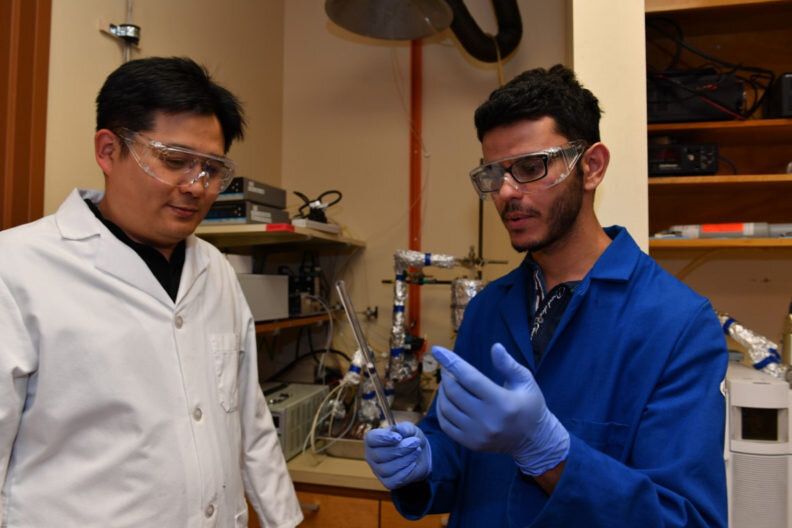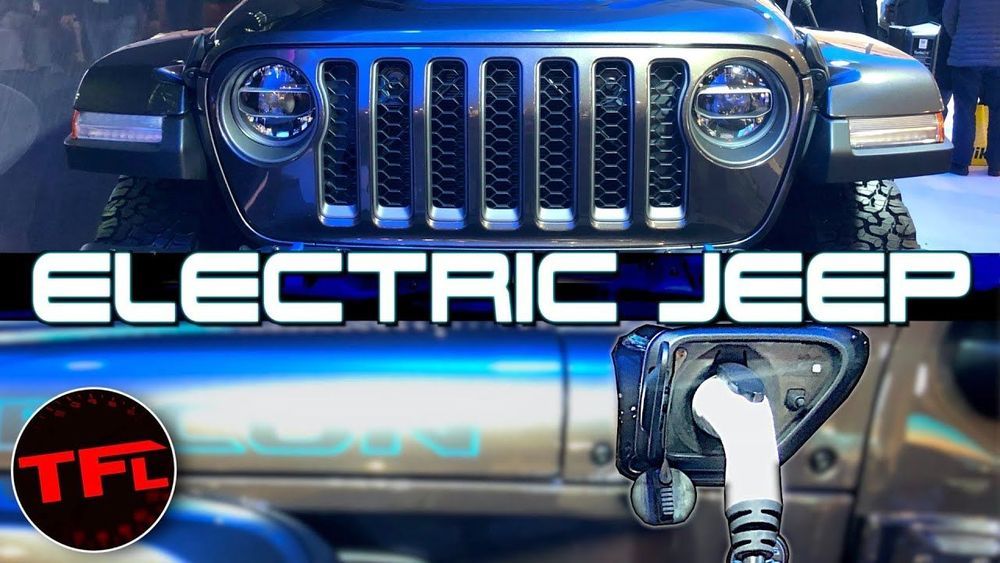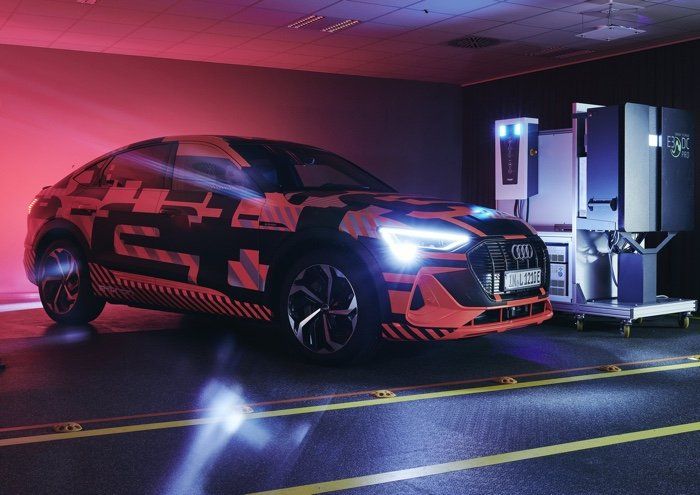Munich-based residential vanadium redox flow battery start-up VoltStorage has secured another $7 million from investors including the Bayern Kapital subsidiary of the development bank of Bavaria; family investment house Korys; the EU-backed EIT Innoenergy, New Jersey-based venture capital fund and seed investor SOSV and Zurich power company Energie 360.
The firm claims its flow battery system can complete more than 10,000 charge cycles without any effect on capacity and says its electrolyte is a recyclable, non-flammable vanadium solution. VoltStorage’s modular unit reportedly offers a continuous power rating of 1.5 kW and nominal energy of 6.2 kWh. The unit comes with a ten-year warranty.
More than 20 flow battery chemistries, including zinc-bromine, zinc-iron, zinc-cerium and magnesium-vanadium have been studied with vanadium redox the closest to wide commercialization. Vanadium, the dominant cost in the electrolyte, is a metal mined in Russia, China and South Africa although there are reserves in the U.S. and Canada. It is used predominantly as a steel additive. Flow battery manufacturers include Washington-based UET, Montana’s Vizn, California-based Primus, Japan’s Sumitomo, Anglo-Canadian Invinity Energy Systems – formed after the recent merger of California’s Avalon and U.K.-based redT – and Form Energy.
